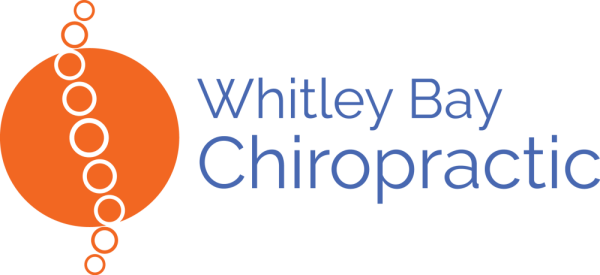When Good Form and Graded Exposure to Exercise Doesn’t Work

Graded exposure to exercise is a newish buzzword, being promoted as a named approach to exercise by therapists, many of whom are interested in pain science.
The idea behind graded exposure is to exercise up to a level which is enough for adaptation (of the tissues involved) to occur, but not too much to prevent healing. A similar concept is utilized in nerve flossing, where you stop the motion before symptoms begin. Floss the nerve in the pain free range, and gradually increase the range as the symptoms decrease. The nervous system becomes less sensitive, fear of a threat decreases, and hopefully the brain stops sending pain signals.
Another concept I am sceptical of is that good exercise form is enough to cure or prevent a “faulty” movement pattern. If a movement like a squat is difficult or impossible for a person to complete to a reasonable standard, is it enough to just ask the person to squat more often to see the form improve? This has not been my experience.
I have used the concept of graded exposure for 17 years, and it is the best approach in many cases. That being said I don’t think “good form” used in a graded manner is enough to help most people to squat “better”. Many factors such as threat response, motor control, graded exposure, movement screening, soft tissue work (What is Active Release?), and joint manipulation play a part in addressing movement faults and keeping athletes competing. Especially at the highest level where you are treating athletes who are the top .oo1%.
Mindful moving has a place in health care, but like many concepts / modalities / techniques etc it is not a panacea.
Manual Therapy UK – ART, myofascial release, SFMA, motor control,….Sign up for ART seminars Lower Extremity Tottenham FC 28th May and Upper Extremity Leicester Tigers RC 13th Aug.
